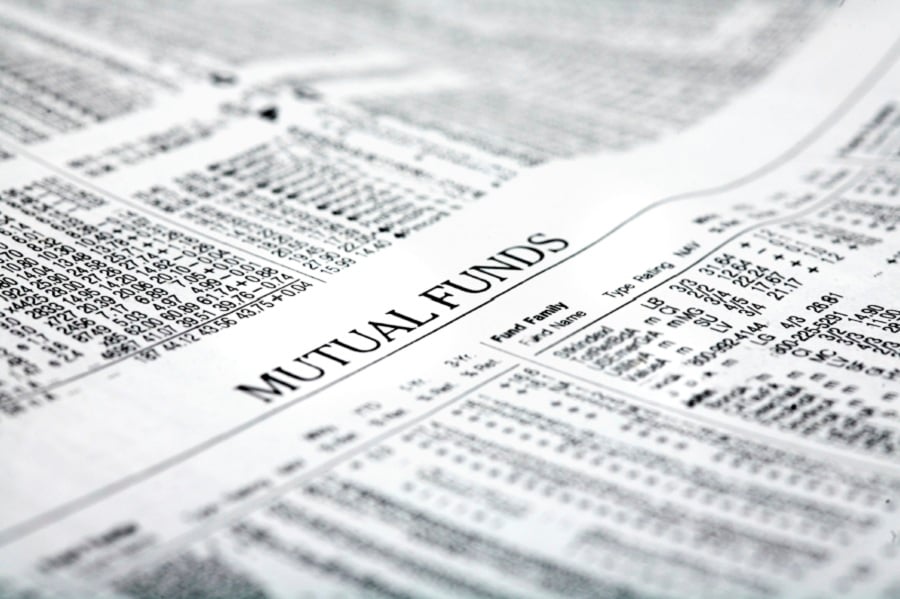Most corners of the financial world have moved past the May 2013 “taper tantrum” that resulted in a wave of investor panic immediately after the Federal Reserve first hinted it might raise interest rates for the first time in nearly a decade.
While stocks and bonds have recovered from that initial warning — as well as most of the steady stream of Fed warnings since — one investment category that appears unable to get over it is closed-end funds.
Investor sentiment around closed-end funds is easy to gauge because, unlike open-end mutual funds, the closed-end counterparts trade throughout the day and share prices are independent from each fund's net asset value. Historically, this small universe of less than 600 funds and $230 billion in total assets has traded at an average discount to net asset value of about 4%.
But since the taper tantrum, when the average discount dropped to 8%, closed-end funds have been stuck in a funk. The current average discount of 10% has not been seen since the start of the financial crisis.
In fact, of the 4,892 trading days between the start of 2007 and Sept. 15 of this year, there have been only 267 days when average closed-end fund discounts to NAV were wider than they are today.
Basic logic would suggest that such
hefty discounts add up to a screaming buy signal. Even though closed-end funds more often than not trade at a discount, there is always the upside potential of that discount narrowing, and the shares could even climb enough to trade at a premium to NAV.
STRONG STOMACH AND TIME
“There really are opportunities, if you've got the stomach for it and if you've got some time,” said Anne Kritzmire, managing director in charge of closed-end funds and global structured products at Nuveen Investments.
Even though
discounts appear out of whack and it might seem wise to bet on some kind of reversion to the mean, it's worth noting that we are talking about an investment category that is about 95% owned by retail-class investors, who can be impulsive.
To non-retail-class investors, including savvy financial advisers, the heavy retail influence needs to be counted among the risk factors because of that impulsiveness. Hence, the selling in anticipation of a rate hike.
Not to be too hard on retail investors, but how else can you explain the 22.2% discount to NAV for the Builder Growth & Income Fund (BIF)? This is a blue-chip portfolio with a 27% allocation to Warren Buffett's Berkshire Hathaway.
Same goes for the Nuveen Credit Strategies Income Fund (JQC), which is trading at a 13.3% discount to NAV, despite the fact it's made up largely of floating-rate bonds that should be able to adjust to rising rates.
“Fear is always exacerbated in the hands of retail investors,” said Patrick Galley, chief investment officer at RiverNorth Capital Management.
'REAL VALUE'
“Right now you have real value in the closed-end funds space,” he said. “But retail investors don't really care about yield or discounts, they just flee when they get scared.”
A big part of the reason investors have become skittish about closed-end funds as the Fed wrestles with the notion of raising interest rates is because about two-thirds of the category is made up of bonds, and
three-quarters of all closed-end funds use leverage.
The bond portfolios are considered at risk of losing value in a rising-rate cycle, and investors assume that the cost of leverage (which involves borrowing to buy more securities) would become more expensive as rates rise.
Mr. Galley believes fears related to a Fed rate hike are overblown, because most analysts don't think the Fed will do much beyond a very low and very slow tightening of monetary policy.
As for the impact of rising rates on the cost of leverage, Ms. Kritzmire said the biggest risk would be a flattening of the yield curve, when there is little difference between the yields of short-term and long-term bonds.
“If borrowing costs go up, your benefit from leverage will diminish and leverage may work a little less well,” she said.
TAX-LOSS SELLING
Beyond the rate-hike worries, it is likely closed-end fund investors are following an annual pattern of year-end tax-loss selling, which will also temporarily widen discounts.
On that point, Ms. Kritzmire said a typical January rebound can narrow discounts by about two percentage points, which could be a reason to buy while the discounts are wider.
Regarding those Fed-inspired discounts, Mr. Galley is turning to history as his guide.
“Right now, the Fed hike is the biggest fear, but it's not a realistic fear,” he said.
In 2004, when the Fed indicated it would start raising rates, closed-end funds went from an average premium of 1% to a discount of 8%. The discount gradually narrowed from that point through the rate-hike cycle that ended in 2006.
Mr. Galley is equating the 2004 closed-end fund market reaction to the 2013 taper tantrum.
The main difference, however, is the fact that the Fed actually started raising rates in 2004. Today, it's more about patience, which is an excellent strategy if you're a closed-end fund investor.







